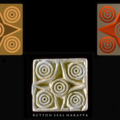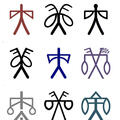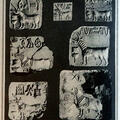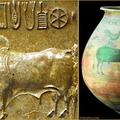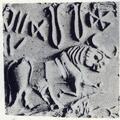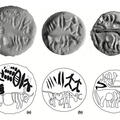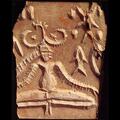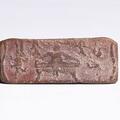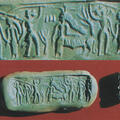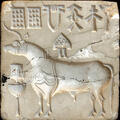The Skies of Kot Diji
Asko Parpola writes: "Akinori Uesugi has shown that the spread of the Kot Diji culture all over the Indus Valley is connected with the spread of a new type of stamp seal, which continues to exist in the following Harappan period. The basic figure in these Kot Diji seals consists of “concentric circles,” usually four of them placed into the four corners of a square or cross-shaped seal."

